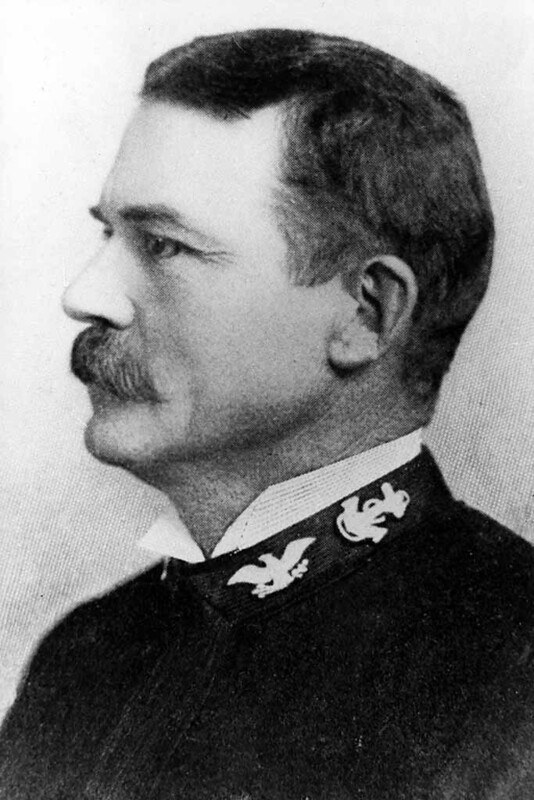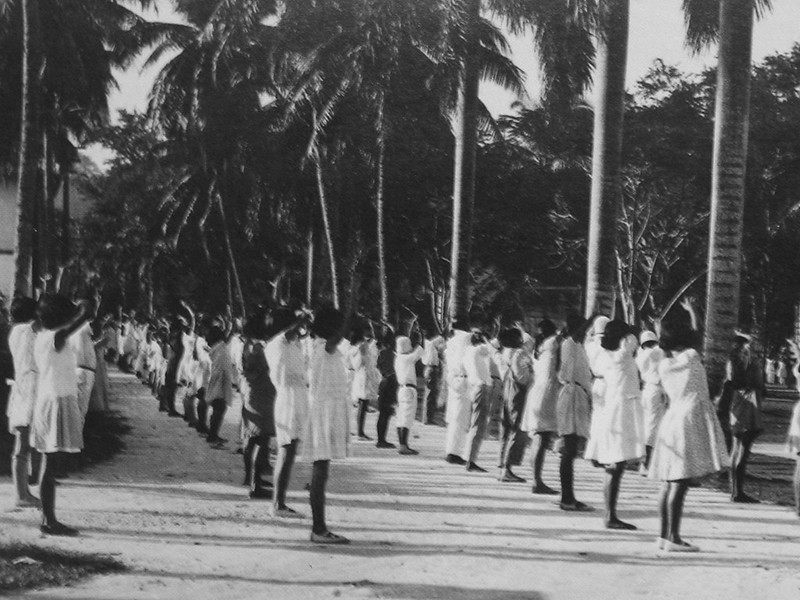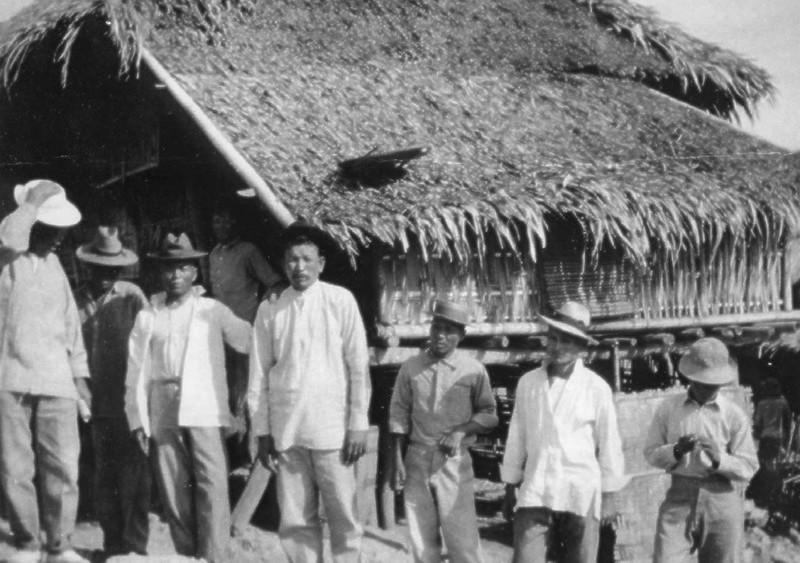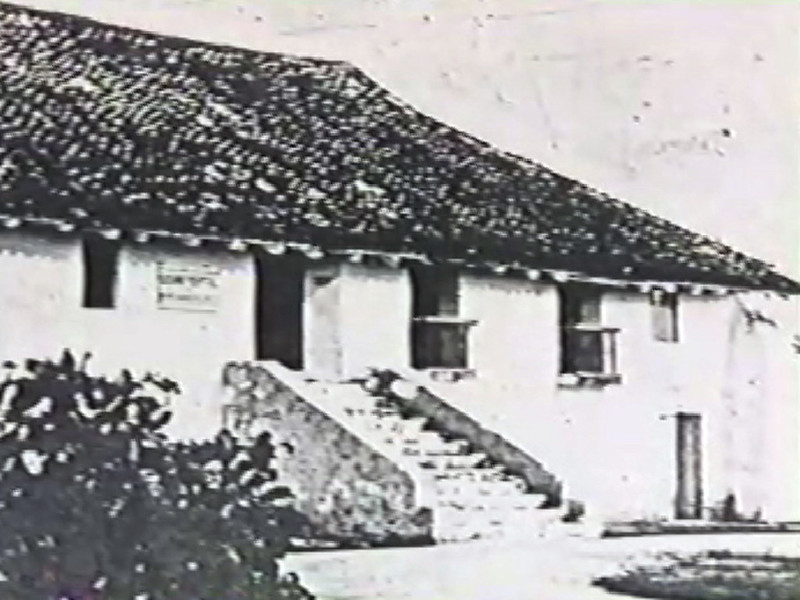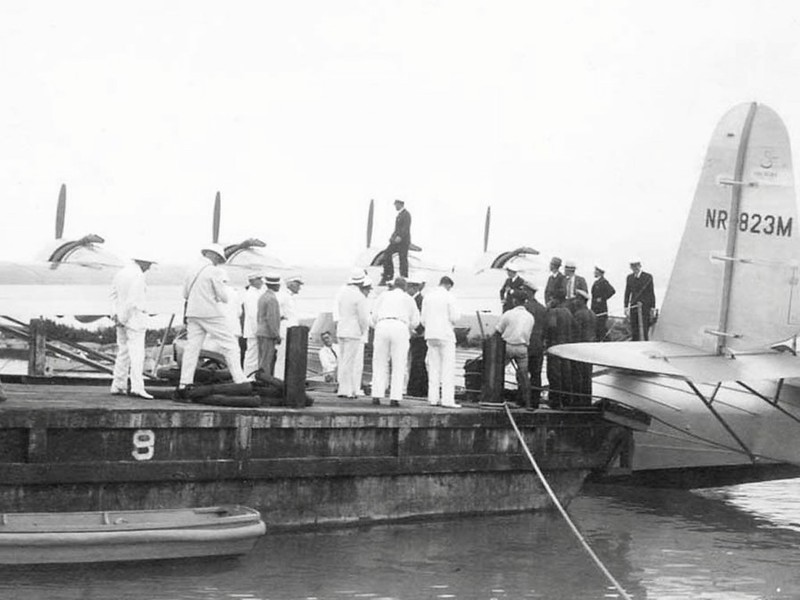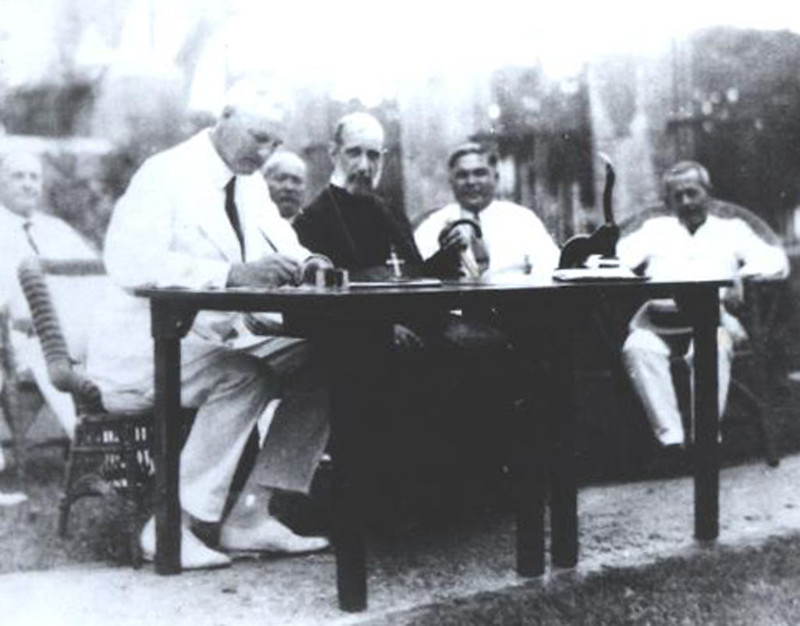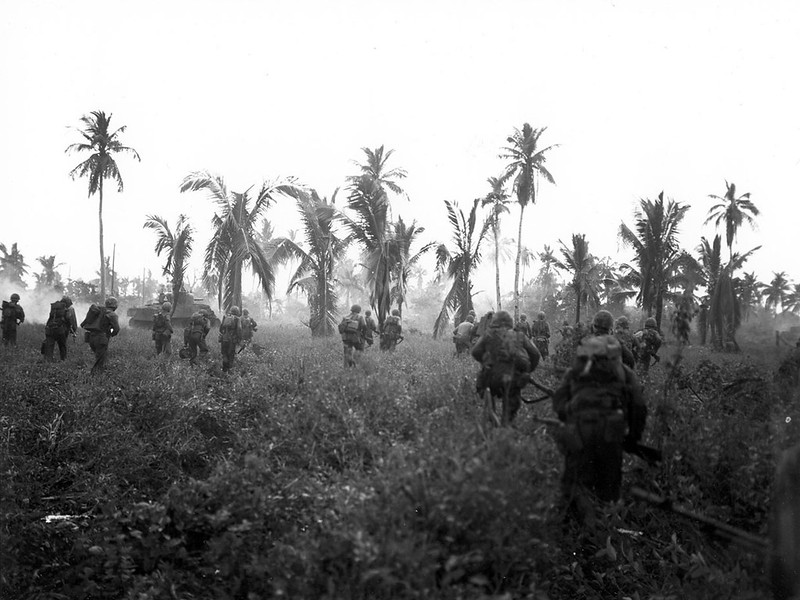From the Spanish American War to the Organic Act
The arrival of the USS Charleston at Apra Harbor 20 June 1898 and the capture of Guam by the Americans during the Spanish American War heralded the beginning of significant change, once again, for the CHamoru people. US Naval Captain Henry Glass claimed Guam for the US, seized the Spanish officials on Guam, and set sail for the Philippines. After 230 years of Spanish control CHamorus took this opportunity for self-governance for a short time before the first American naval governor, Richard Phillips Leary, finally arrived and took charge a year and a half later.
Besides having a new colonial master, for the first time the island of Guam would be under separate rule from the rest of the Mariana Islands as the United States took only Guam, allowing the Northern Marianas to be sold by Spain to Germany.
The Americans brought not only a new style of colonialism with an emphasis on separation of church and state, but also imposed economic restrictions and issued many rules administered by an ever changing Naval administrator, most of whom only stayed for a year or two. Each naval governor had his own ideas about how things should be and ordered the CHamorus to comply. CHamorus were not US citizens and had no recourse, as the Naval governor was also the court.
There was no free press, martial law was in effect and there was only an advisory Congress on Guam during this era, lasting from 1899 until 1941, interrupted by World War II while the island was taken over by Japan. Americans took the island back and the Navy was in charge again from 1944 until 1950.
People were encouraged to speak English rather than their native CHamoru or Spanish. Some US Marines were designated as Insular Patrolmen and assigned to villages to ensure that the people followed the new Navy rules regarding everything from how tall the weeds were to the length of girls skirts. Public health officials treated school children without parental consent, people with Hansen’s Disease known as “lepers” were forcibly taken from their families and kept locked up until they were sent away to the Philippines in 1912, most never to be heard from again.
Naturally, there were also positive developments during this time as well. The first American hospital was built through the efforts of Gov. Shoeder’s wife, Susanna, and a nurses training program was established. The Guam Newsletter was created, more youth learned to read and write in English, American music such as Jazz and band ensembles were introduced, influencing CHamoru music of the time. Baseball made its debut with fields carved out of the jungle and teams in many villages. Theaters, stores and even soda fountains were built and enjoyed by island residents. Hagåtña and Sumai were bustling towns.
Social organizations were formed that still exist today such as the American Red Cross and the Young Men’s League of Guam, to name a few. More ships made ports of call on Guam, bringing trade and the beginnings of commerce. Telephones, radio, the postal service, cable communications and eventually the Pan Am Clipper airplanes came to Guam bringing travelers from around the world and creating new jobs. People began building new styles of homes and using new farming techniques, reinforcing the self-sustenance that CHamorus were known for.
At the same time CHamorus began migrating to the US for education and to join the military, a trend that continues today.
The Naval administrators also tried to break the hold that the Catholic Church had on the island sending the Spanish priests away and outlawing religious celebrations on any day but Sunday. Protestant churches were established and some CHamorus changed religion. Catholic catechism was no longer allowed to be taught in the schools.
Governor Willis W. Bradley (1929-1931) was the only naval officer to attempt to push civil rights for the CHamoru people through a Bill of Rights that was ignored by federal officials although some elements were incorporated into revised 1933 Guam law codes.
On 10 December 1941 Japan invaded Guam’s shores and took over the island for the duration of World War II. The Americans who survived the Japanese attack were taken prisoner of war and sent to Japan. CHamorus struggled until the strict Japanese rule for two years and nine months, suffering many war atrocities, until the Americans came back to reclaim the island on 21 July 1944.
After less than a month of intense fighting the island was recaptured by the Americans. It soon became the temporary home to 205,000 US military as a forward base for the continuing war in the Pacific and Asia. This increase in military also brought many new people to Guam who fell in love with the island and its people and stayed. Some came for the business opportunities, some came with the government and others, such as the Cushing and Gombar families, came to entertain the troops.
The major villages had been heavily bombed during the American invasion, leaving CHamorus to face a devastated island. Much land was taken for a larger US military presence as well. CHamorus had to make new homes, send their children to new schools and create new villages.
After a few years of getting resettled, CHamorus once again tried to gain control of their island home. A newly appointed Guam Congress struggled with Naval leadership once again, and eventually walked out of session decrying the lack of democracy. A like-minded group of people in Washington DC, the Institute of Ethnic Affairs, helped lobby for the passage of an organic act.
President Harry Truman finally signed the Organic Act on 1 August 1950 giving CHamorus US citizenship and the beginnings of self-governance and ending naval rule for Guam.

